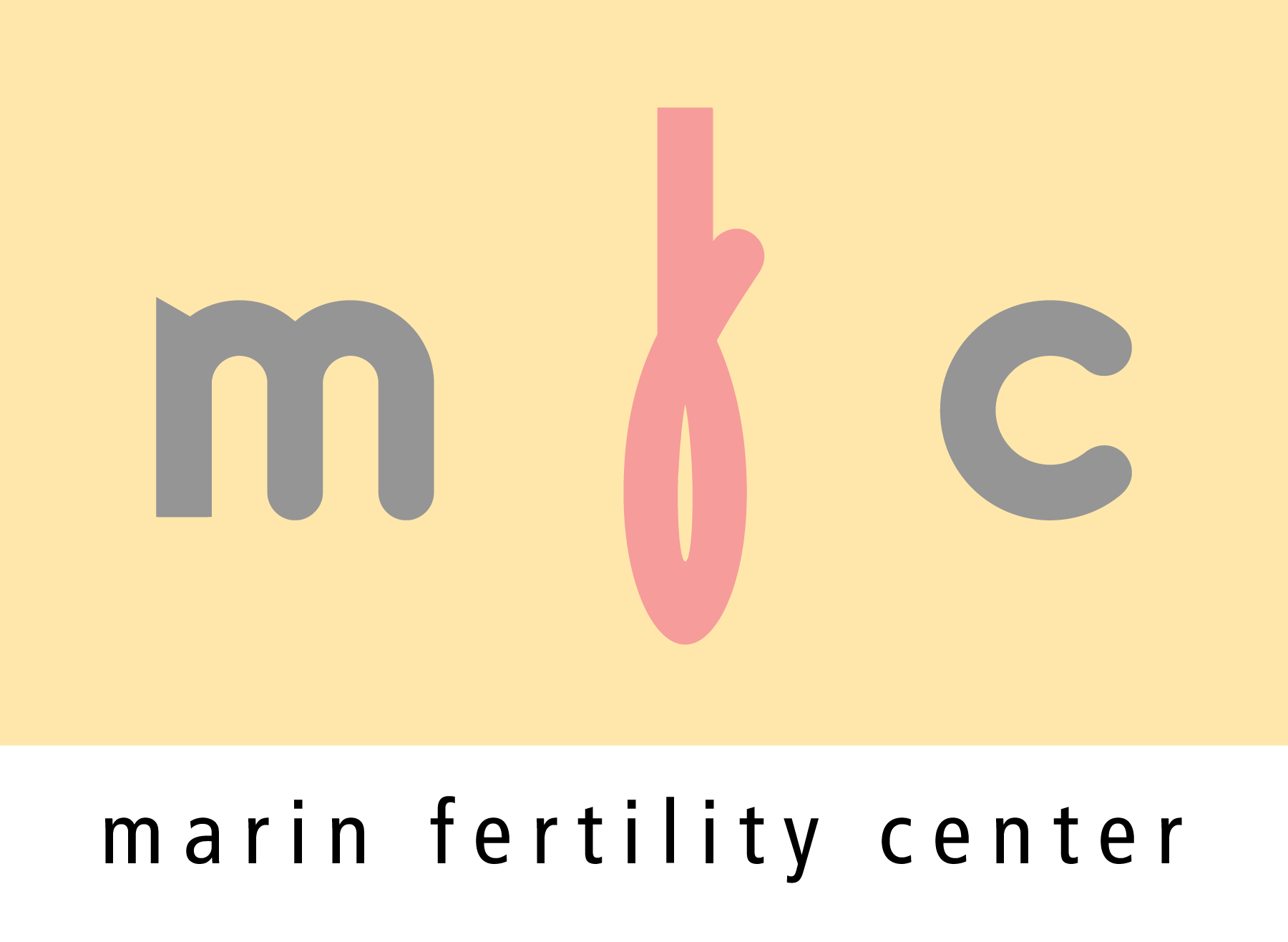Hysterosonogram
A hysterosonogram — also known as saline infusion sonography is a specialized ultrasound test that evaluates the uterine cavity by filling it with sterile saline. This enhanced imaging technique makes it easier to identify abnormalities of the endometrium (uterine lining), such as polyps, fibroids, or scar tissue, which may contribute to infertility or recurrent miscarriages.
What Is a Hysterosonogram?
A hysterosonogram is an outpatient procedure used to provide detailed views of the uterine cavity. During a routine pelvic ultrasound, certain uterine abnormalities may be difficult to distinguish. By infusing saline into the uterus, the fertility doctor creates a fluid contrast that highlights irregularities on the inner walls. This test is often recommended when initial fertility evaluations (hormonal panels, standard ultrasound, hysterosalpingogram) leave questions about uterine structure unanswered.
How the Hysterosonogram Procedure Is Performed
The hysterosonogram procedure generally takes 15–20 minutes and follows these steps:
- Preparation: The patient lies on an examination table. A standard transvaginal ultrasound probe first checks baseline uterine and ovarian status.
- Catheter Placement: The fertility doctor inserts a thin catheter through the cervix into the uterine cavity.
- Saline Infusion: Sterile saline is gently injected through the catheter, distending the uterine cavity.
- Ultrasound Imaging: As the saline fills the cavity, high-resolution transvaginal ultrasound images capture the endometrial lining. Any polyps, submucosal fibroids, or adhesions (Asherman’s syndrome) become more visible against the fluid background.
- Completion: Once sufficient images are obtained, the saline is released, and the catheter is removed. Patients typically experience only mild, brief cramping.
Because a hysterosonogram uses ultrasound rather than X-rays or dye, it avoids radiation exposure. After the procedure, most patients return to normal activities immediately.
Importance of Hysterosonogram in Fertility Testing
A hysterosonogram plays a critical role in comprehensive fertility testing. Standard pelvic ultrasounds may miss small endometrial lesions or subtle uterine shape abnormalities. In contrast, the saline infusion technique reveals issues such as:
- Endometrial Polyps: Small growths that can interfere with implantation.
- Submucosal Fibroids: Fibroids that distort the uterine cavity and reduce pregnancy chances.
- Scar Tissue (Adhesions): Often from prior surgery or infection, hindering embryo implantation.
- Congenital Uterine Anomalies: Such as a septate or bicornuate uterus, which may require surgical correction.
By identifying and addressing these findings—often via hysteroscopic removal—fertility doctors improve the likelihood of successful pregnancy, whether by IUI, IVF, or natural conception.
Who Performs a Hysterosonogram?
At Marin Fertility Center, a qualified fertility doctor or reproductive endocrinologist performs the hysterosonogram. Under reproductive endocrinology expertise, this specialist not only conducts the saline infusion and imaging but also interprets the results in the context of each patient’s fertility journey. Any abnormal finding is discussed promptly, and appropriate next steps—such as hysteroscopic polyp removal or myomectomy—are recommended based on standard infertility treatment protocols.
